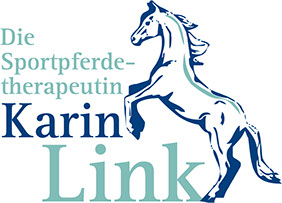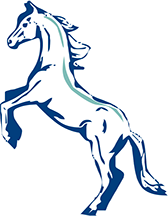

Definition of Equine Sport Therapy
Equine Sport Therapy
Optimisation of the well-being by well in functioning working body
Definition:
Only a free, coordinated body can achieve peak performance. The aim is to begin therapy at a level individual to the homeostasis (mental state and level of performance) of each individual horse. The functionality of the musculoskeletal system is to be established and maintained.
· Compensatory tension in the muscular system and blockages of joints inhibit the body in its movement. Evasive movements and a lack of balance lead to uncoordinated, inefficient movements.
The results are tiring faster or over-acidification.
The risk of injury increases. That means that even simple rides can have negative consequences,
due to incorrect and long-lasting biomechanical strains, reveal signs of wear out.
· The torso is at the centre of equestrian sport therapy. In addition to muscles, bones and
joints, the nervous system also plays an important role. To synchronise them all, from the torso to
the limbs, is the equestrian sport therapy strategy.
· Equestrian sport therapy is a long-term therapy and intends to make long-term changes
to the management of the horse. The person in charge of the horse will be included in the therapy
process with “homework assignments” – techniques that can be carried out independently.
